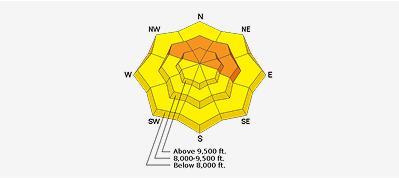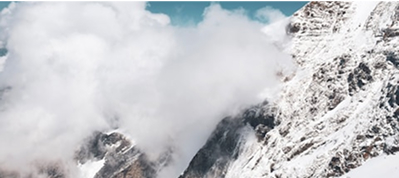Observation Date
12/17/2021
Observer Name
SZW/ AIARE PRO 1 Students
Region
Salt Lake » Little Cottonwood Canyon » White Pine » Pink Pine
Location Name or Route
Pink Pine
Comments
While travel was limited, we got bullseye info about the prevalence of the PWL buried on NW-N-E facing aspects at low elevation. Overall coverage is an inhibiting factor for traveling and the more desirable low elevation runs are difficult to ride. As more snow stacks up, these elevations will become more appealing, but the widespread distribution of weak snowpack structure will remain.
Photos from Pink Pine Ridge shoulder at 8700 NE'
1. While inserting the shovel on top of this compression test we had the column suddenly collapse and couldn't help but laugh at the weakness of the snowpack.
2. Short cut length resulting in a propagating crack to the end of the column on a PST at the same site.
3. In an area on the slope with a bit more wind drifting and more cohesive slab, we had full propagation on harder taps during an ECT.
4. Coverage.
5. Best view up drainage we had around 1pm. Profile locations and tests are from this worksite. Other sites lower on the ridge produced similar results.





Today's Observed Danger Rating
Considerable
Tomorrows Estimated Danger Rating
Considerable






